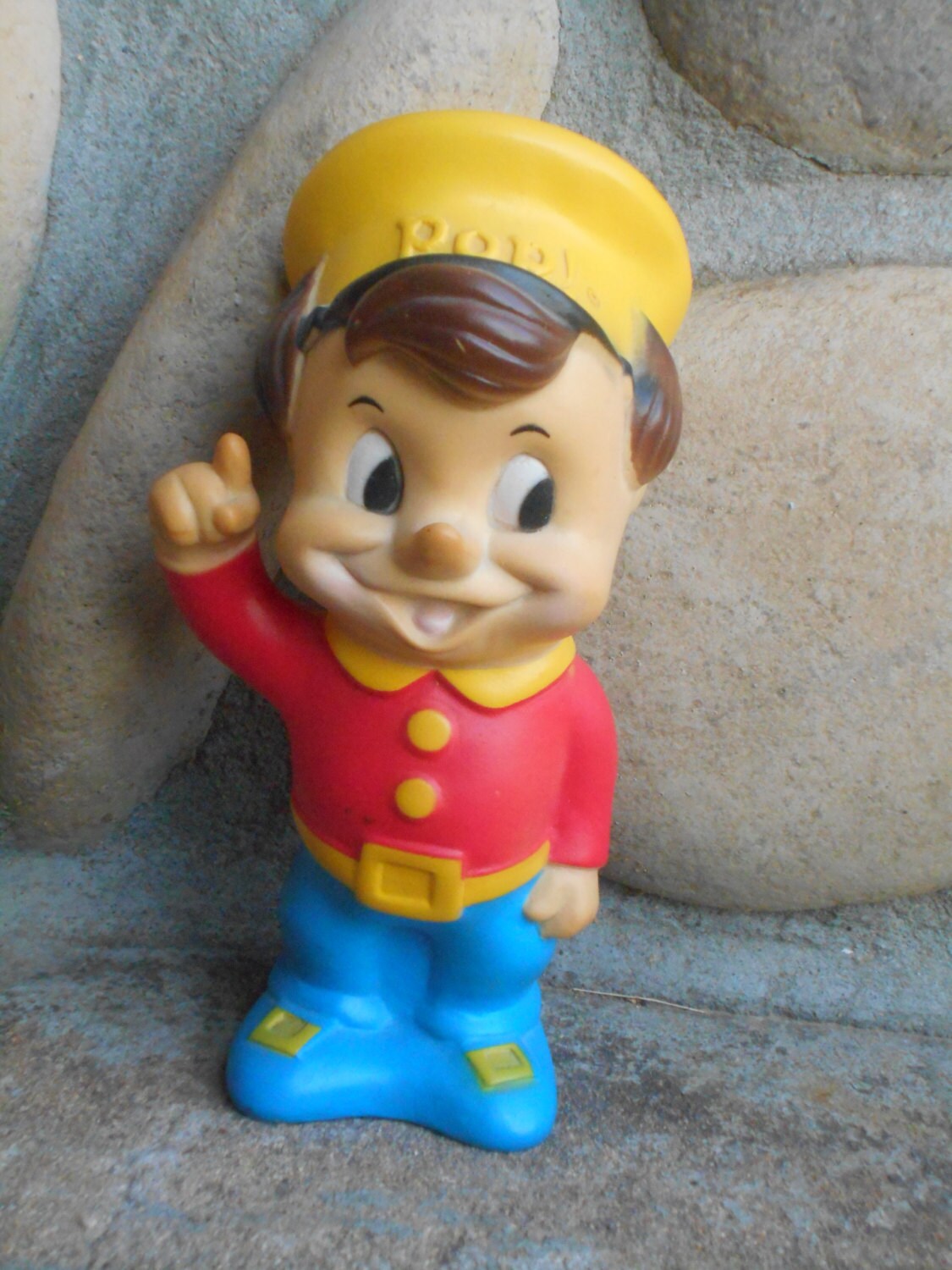


In most cases, the noise is physiological, and it is sufficient to explain the cause of the noise to patients and reassure them. A lot of patients visit outpatient clinics due to a concern that the noise is pathological. Noise around the knee is common when performing repetitive knee extension and flexion or squats on the floor.
/bubble_and_squeak_(aga)_06.png)
In total knee arthroplasty, every attempt should be made to avoid patellar crepitus and clunk by using modern prostheses with proper patellofemoral conformity and by avoiding surgical errors. Following surgical principles and providing accurate information about physiological noise can decrease the risk of both pathological noise and patient dissatisfaction. Minor problems associated with surgery, such as postoperative noise, can decrease patient satisfaction, especially among patients with high expectations. In most cases, noise after surgery is simply the perception of noise that had been present previously due to emotional concerns. It is important to differentiate between physiological noise and pathologic noise. An appropriate review of the characteristics of noise, its pathophysiology, and factors for differentiation between physiological and pathological noises can facilitate patient guidance. In addition, we will describe causes of the physiological and pathological noises and management of noise in the knee. We will review the noise characteristics according to sound nature and onset as well as factors for differentiation between physiological and pathological noises. However, there have been no previous review articles regarding noise around the knee despite its high prevalence. Noise in the knee joint is a common symptom that often leads to outpatient clinic visits.


 0 kommentar(er)
0 kommentar(er)
